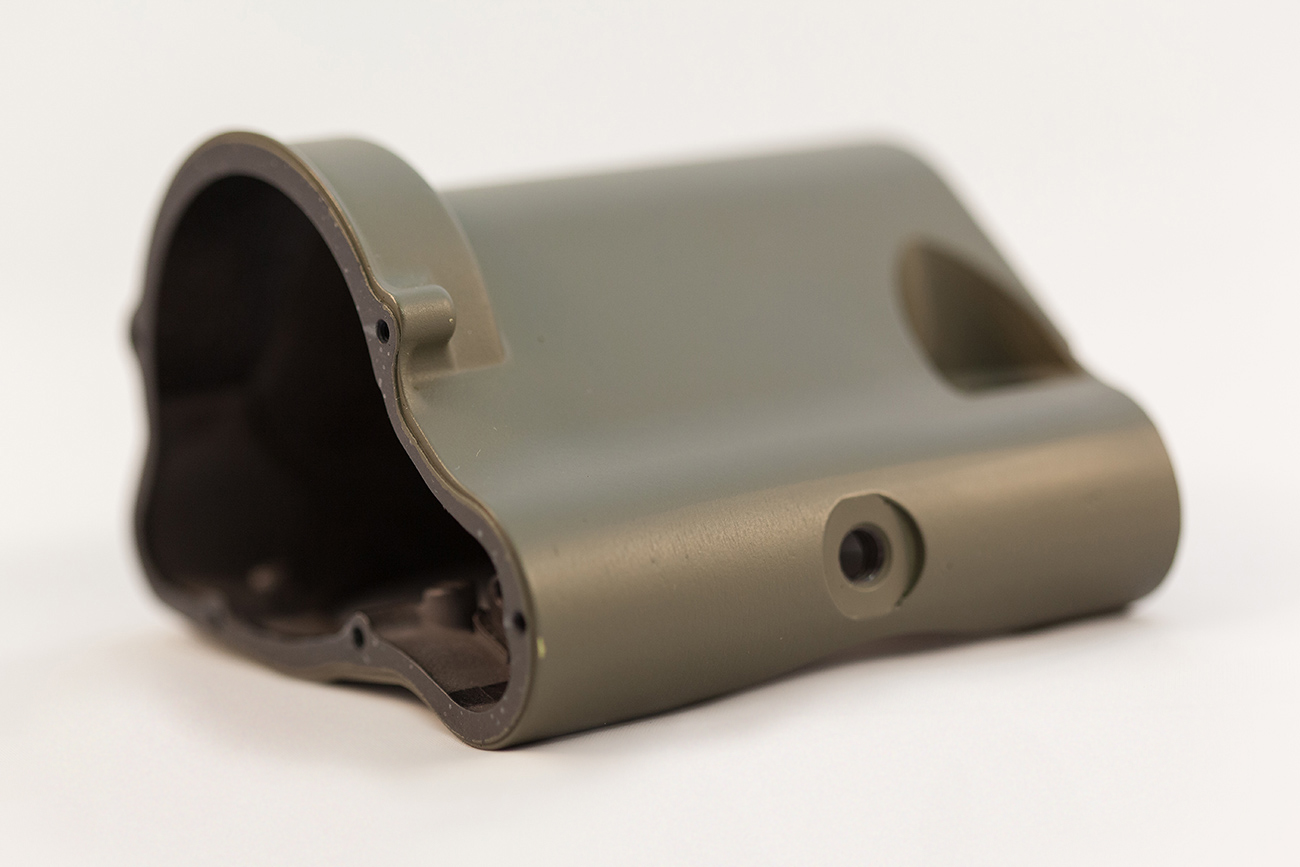Seeing How Robotics are Expanding the Transport Industry
Robotics might have been a fantasy in the past century, but now they’re a part of everyday life, like that robot vacuum cleaner that makes our Sunday mornings more pleasant. No reason to get scared – these machines do make our existence easier and they are not moody like Hal 9000 of 2001: A Space Oddyssey fame. And if we focus on the transport industry, then we can say they’re certainly changing things by increasing production rates, the quality of products and improving safety. But, is there any negative impact?
Robot Valet Parking
Parking a car can be very time-consuming depending on the space and the driver’s abilities. Some human errors of perception can easily cause minor damage to the car such as scratches. Other common problems are looking for an available spot and even forgetting where the car was left – this is especially easy in huge public garages where all the floors look exactly the same. However, a robot valet can take care of all this and so be the hero for many drivers. They just need to drive to the entry terminal and take a card they can use to come back and check out their car.
Automatic parking saves lot of space too, because the cars can be stored vertically – so it is a great solution for big cities where cars usually pack out both sides of the road. This kind of facility is also safer than leaving the car on the street or even in a normal garage. The only problem is that these kinds of facilities don’t usually have human staff on duty, so if any complications arise the driver has to contact the company and this will, potentially, slow the process of fixing the problem. That is why some companies will give their customers a financial compensation if they cannot retrieve their car promptly.
Laboratory Robots for Transport and Delivery
This might be surprising, but robots can also be found in hospitals where they’re doing a great job saving time in a place where extra minutes can literally save lives. These robots take the form of trolleys and usually transport things such as blood samples. A programme can design their route and once they arrive at their destination they will announce it so personnel can come out and enter a code to gain access to what the robot is transporting – which makes them both reliable and secure. These laboratory robots have cameras implemented so that they can see any obstacle in their way, although sometimes they fail in detecting them. If they get stuck, human staff have to come to fix the problem.
Driverless Trains
Some might get anxious when travelling on a train which doesn’t have a human driver, but the truth is that driving systems have been robotically monitored for years. For instance, in the London Underground most of the lines do this, but the company that manages them decided to keep the drivers anyway so they can act in case some unexpected event takes place. The main question here is about the future of thousands of train drivers who would be losing their jobs in the future, thus creating a huge impact on the railway industry. Also, these driverless trains can put off some customers who won’t be comfortable when boarding a train that is not being controlled by a human being.
Dean Group is a company always looking to improve and adapt to new discoveries in engineering and robotics. We use the latest technology in casting to make sure we offer innovative solutions to industrial problems. If you’d like to find out more about our services, contact us today on 0161 775 1633 or follow us on Twitter, Google+ and LinkedIn to receive our latest news and updates.
Registered in England VAT No: 146307478 Company Registration No: 1062820






